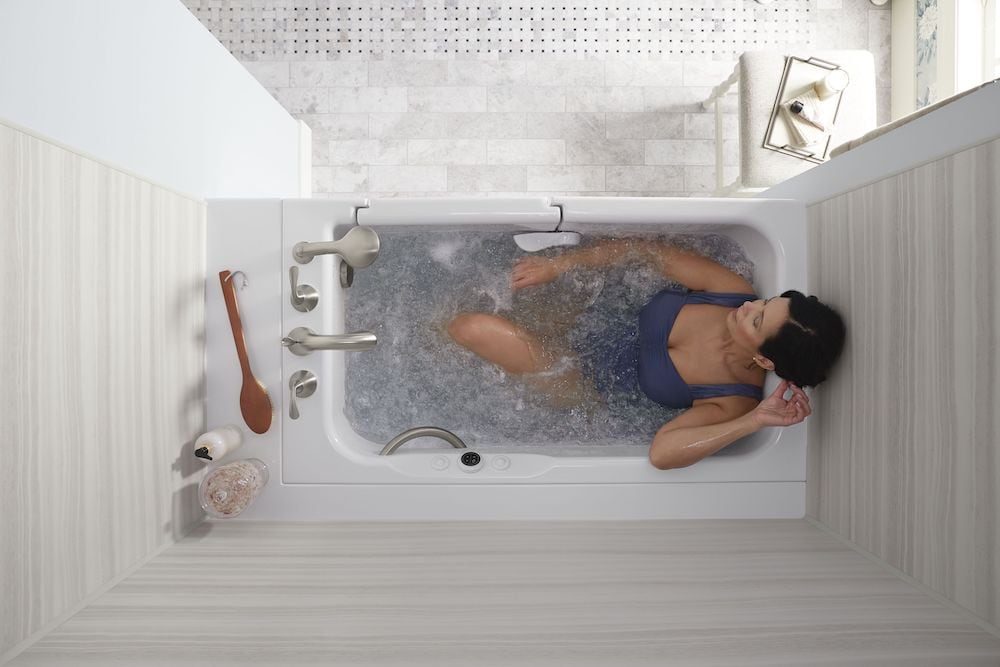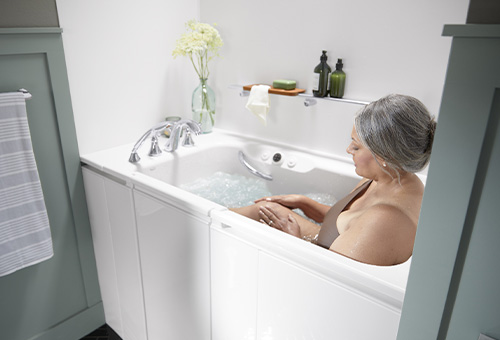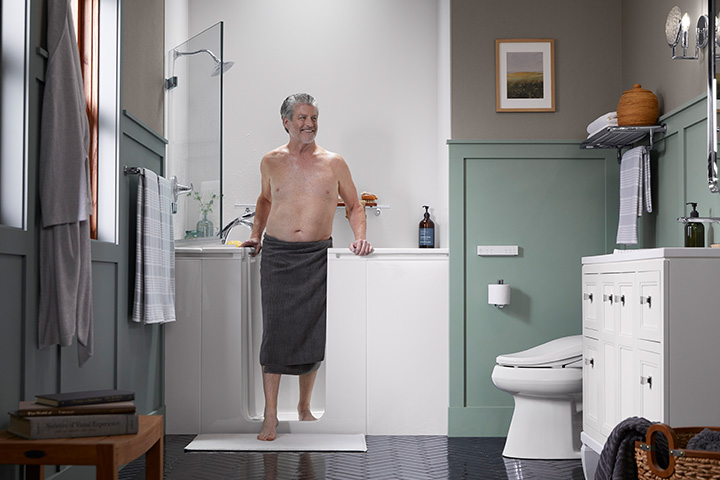- Comfort
- Product
- Product
What’s the Difference Between Acrylic and Fiberglass Tubs?
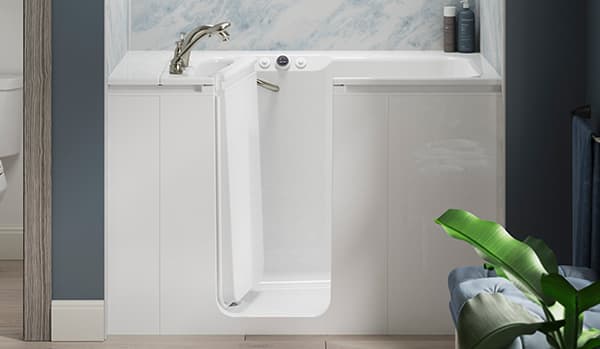
Acrylic and fiberglass tubs are both durable options for your walk-in bath needs. Both materials are flexible and lightweight. However, acrylic tubs are more expensive to repair, while fiberglass tubs are less expensive to maintain. You can also consider gelcoat for a more premium option for your bathroom. Read this blog post to learn more about the different types of materials.
Acrylic Tubs
Acrylic provides strong, sturdy support and requires less maintenance than other materials. When creating acrylic tubs, manufacturers warm an acrylic sheet in the oven and place the sheet in a vacuum mold. Next, manufacturers remove air from between the acrylic and the mold, allowing the acrylic sheet to morph into the mold.
After cooling, manufacturers spray multiple layers of FRP (Fiberglass Reinforcement Product) and roll over the now formed acrylic shell. The last step is to add the tub features, such as grab bars and drains.
Fiberglass Tubs
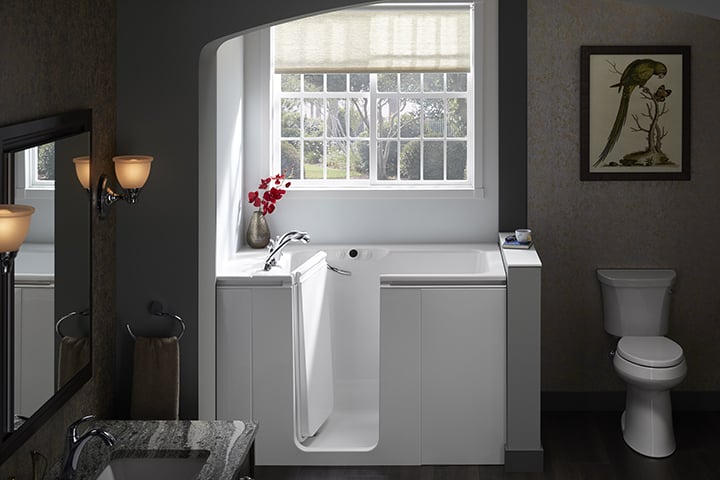
Fiberglass is also a strong material with relatively low maintenance. Fiberglass tubs start with manufacturers weaving small strands of fiberglass together. Next, manufacturers combine the fiberglass with a polyester resin mix and the FRP to form the tub’s shape. After adding the final FRP layer, the manufacturers remove the tub from the mold to refine the tub’s shape and the final product.
Similarities Between Acrylic and Fiberglass Tubs
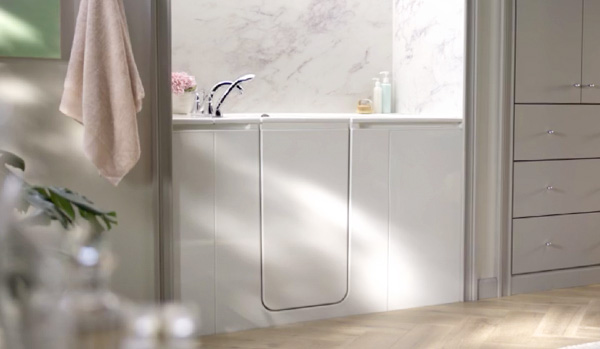
- Both materials include fiberglass layers to give the final product more strength.
- Both materials are extremely flexible, which allows for more customization options.
- Both materials are lightweight and are less likely to damage your floor.
- Both options are relatively inexpensive compared to other tub materials, such as steel or cast iron.
- Both materials are more scratch-resistant than other types of tubs.
Differences Between Acrylic and Fiberglass Tubs
- The primary difference between acrylic and fiberglass tubs is the formation process.
- Manufacturers vacuum acrylic into the final tub form. This can impact durability by sometimes forming weak, thin spots in the acrylic tub.
- In fiberglass tubs, the manufacturing process does not include a vacuum.
- You can create an acrylic liner replica of your current tub. However, that’s normally expensive.
- You can reglaze acrylic tubs for cosmetic updates. However, that’s normally a temporary fix.
- Fiberglass can lose color over time. Since fiberglass is less expensive to purchase, it’s also less expensive to repair.
The KOHLER Approach: Gelcoat Tubs With a Fiberglass Finish
At KOHLER, we provide gelcoat tubs with a premium fiberglass finish that helps preserve the tub. We start our gelcoat tubs by spraying the gelcoat material on a mold to form the tub’s shape. Next, we blend the gelcoat mixture with a fiberglass-resin mix to strengthen the tub.
To prevent cracks, we smooth the fiberglass to reduce air bubbles between the FRP and gelcoat layers. After adding the final FRP layer, we remove the tub from the mold to refine the material and add features such as drains and whirlpool jets.
Which Material Is Better for a Bathtub?
Both acrylic and fiberglass are great options for tubs. If you want something more flexible, then gelcoat or fiberglass is the better option. Since most tubs include fiberglass in the final product, fiberglass is one of the most important materials in tub sustainability.
Explore the KOHLER Walk-In Bath today for affordable options that you can trust.
Request A Free Quote